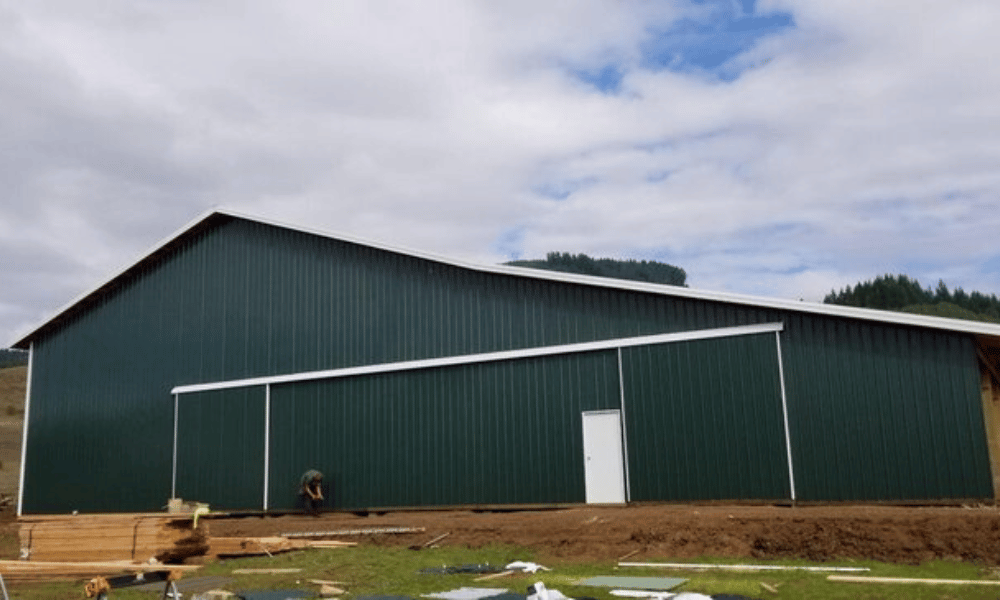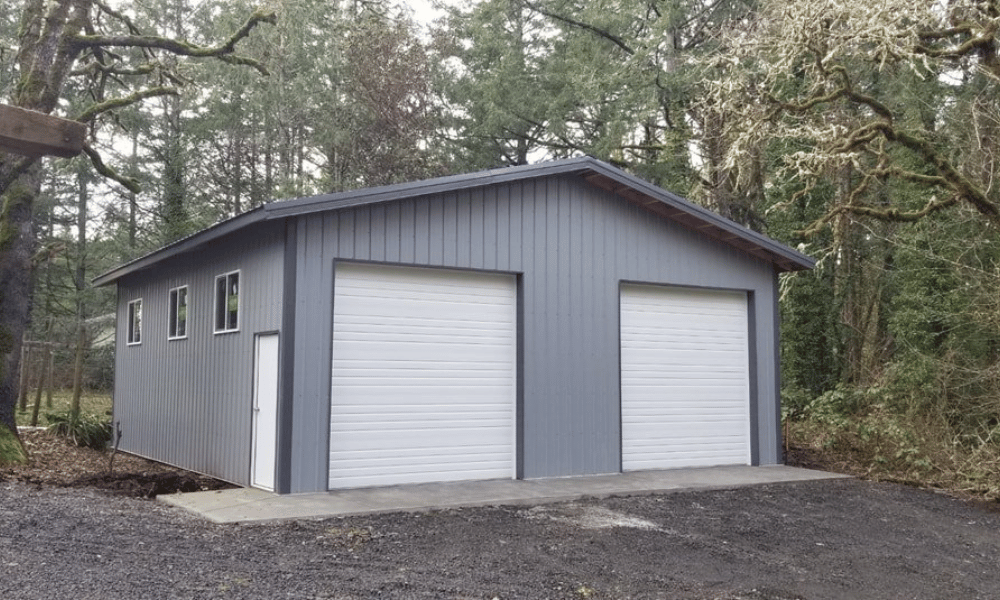Introduction
Farming has evolved tremendously over the years, adapting to technological advancements and environmental changes. Among these transformations, the use of pole barns—also known as pole buildings—has emerged as a significant trend shaping modern agricultural practices. These structures offer versatility, cost-effectiveness, and durability that meet the diverse needs of today’s farmers. This article delves deep into “The Future of Farming: Trends Shaping the Use of Pole Barns,” exploring how these buildings are revolutionizing agricultural practices and what lies ahead for this essential component of farming infrastructure.
Understanding Pole Buildings
What Are Pole Buildings?
Pole buildings are structures that utilize wooden poles or posts to support the roof, instead of traditional framing methods that use studs and joists. This design allows for wide-open spaces without the need for interior load-bearing walls.
The Structure and Design of Pole Barns
Typically, pole barns consist of:
- Poles or Posts: Embedded in concrete to provide stability. Roofing Material: Often metal or shingles that withstand weather conditions. Siding Options: Wood, metal, or vinyl finishes that can be customized.
This unique construction method provides greater flexibility in design compared to traditional buildings.
Advantages of Using Pole Barns
Cost-Effective Construction: Due to reduced material requirements and labor costs. Quick Assembly: Can often be constructed faster than conventional buildings. Versatile Usage: Suitable for livestock housing, equipment storage, workshops, or even residential purposes.The Historical Context of Farming Structures
Evolution from Traditional Barns to Pole Barns
Historically, farming structures were built using timber framing techniques or masonry. With industrialization and technological advances in construction methods, pole barns began gaining popularity in rural America during the mid-20th century.
Impact on Farming Practices Over Time
The introduction of pole barns has allowed farmers to diversify their operations by providing flexible storage solutions and space for livestock management.
Current Trends in Agriculture Influencing Pole Building Design
Sustainable Farming Practices
As sustainability takes center stage in many industries—including agriculture—farmers are increasingly looking at how their structures can minimize environmental impact.
Eco-Friendly Materials
Using sustainable materials for building pole barns reduces carbon footprints and promotes eco-friendly farming.

Energy-Efficient Designs
Incorporating solar panels into pole barn designs is becoming more common as farmers seek renewable energy sources.
Technological Integration in Agriculture
With smart farming on the rise, integrating technology into pole barn designs enhances functionality.
Automation Systems
Farmers are now installing automated feeding systems within their pole barns to streamline livestock management.
Smart Sensors
Sensors for monitoring temperature and humidity levels contribute significantly to animal welfare within these structures.

Regional Variations in Pole Barn Usage
Pole Barns Across Different Climates
Different regions exhibit unique needs based on climatic conditions.
Northern Regions
In colder climates, insulated pole barns help maintain warmth during winter months while managing snow loads effectively.
Southern Regions
Conversely, ventilated designs are critical in warmer areas to prevent heat stress among livestock.
Cultural Differences Affecting Design Choices
Local customs can influence not just structural choices but also aesthetics—ranging from barn colors to roof styles based on community preferences.
Future Innovations in Pole Barn Construction
Advanced Building Materials
Innovations such as composite materials promise enhanced durability and insulation properties for future pole barns.
3D Printing Technology in Construction
Emerging technologies like 3D printing could revolutionize how we think about farm structure assembly by allowing farmers to construct customized components on-site with minimal waste.
Economic Impact of Using Pole Buildings
Cost-Benefit Analysis Compared to Traditional Farms
Investing in a pole barn can yield considerable savings over time when factoring in lower maintenance costs and versatility. Here’s a breakdown:
| Cost Factors | Traditional Barn | Pole Building | |----------------------|------------------|---------------| | Initial Construction | Higher | Lower | | Maintenance Costs | Higher | Lower | | Utility Expenses | Higher | Lower |
Regulatory Considerations for Pole Buildings
Zoning Laws and Permits
Before constructing a pole barn, it’s crucial to understand local zoning laws which dictate where such structures can be built.
Building Codes Compliance
Ensuring compliance with building codes guarantees safety and sustainability standards are met throughout construction processes.
The Future of Farming: Trends Shaping the Use of Pole Barns
As we look ahead, several trends continue shaping how farmers will utilize these versatile structures:
Increased investment in automation technologies. Growing emphasis on sustainable agriculture practices. Enhanced focus on biosecurity measures within livestock facilities. Heightened demand for multipurpose spaces catering to various agricultural activities.FAQs about Pole Buildings
1. What is a pole barn?
A pole barn is a type of building supported by poles instead of traditional framing methods. They offer expansive interior spaces without obstructions from load-bearing walls.
2. What are some common uses for pole buildings?
Pole barns can house livestock, store equipment, serve as workshops or garages, and even function as event spaces or residences depending on local regulations.
3. How do I know if a pole barn is right for me?
Consider your specific needs regarding space usage, budget constraints, climate considerations, and whether you prefer quick assembly http://edwindhpj712.raidersfanteamshop.com/maximize-your-space-top-10-benefits-of-building-a-pole-barn-1 options over traditional constructions.
4. What maintenance do pole barns require?
Regular inspections should be conducted; however, they generally require less maintenance than traditional buildings due to their durable materials and simple design features.
5. Are there any downsides to using pole buildings?
Potential downsides include limitations based on zoning regulations or aesthetic preferences if you're seeking a more classic architectural style.
6. Can I customize my pole barn design?
Absolutely! Many manufacturers offer customizable options tailored specifically toward your operational needs.
Conclusion
In conclusion, it’s clear that the future holds immense potential for farming through innovative designs like those found in modern-day pole barns—the backbone supporting contemporary agricultural practices across diverse sectors worldwide! As we embrace new technologies while prioritizing sustainability efforts within our farms' infrastructures—pole buildings will undoubtedly remain pivotal players shaping tomorrow's agriculture landscape!
By focusing on efficiency enhancements through advanced construction techniques alongside evolving regulatory landscapes—we’re positioned not just at an intersection between tradition & modernity—but also standing firmly ready towards redefining what it means truly thrive agriculturally today!